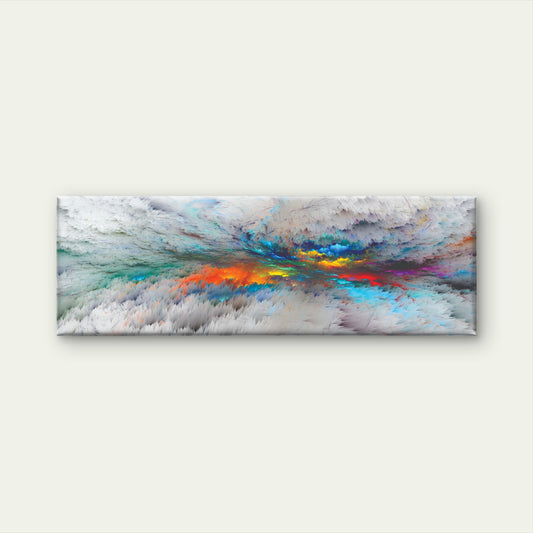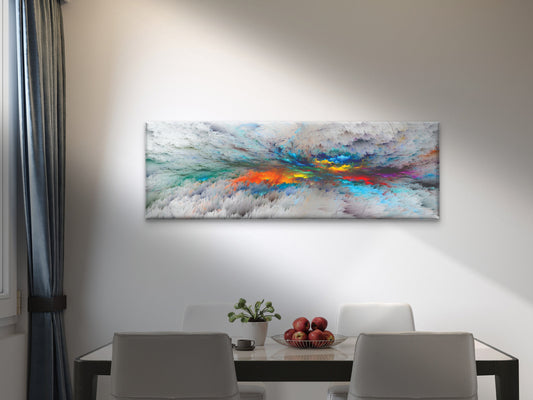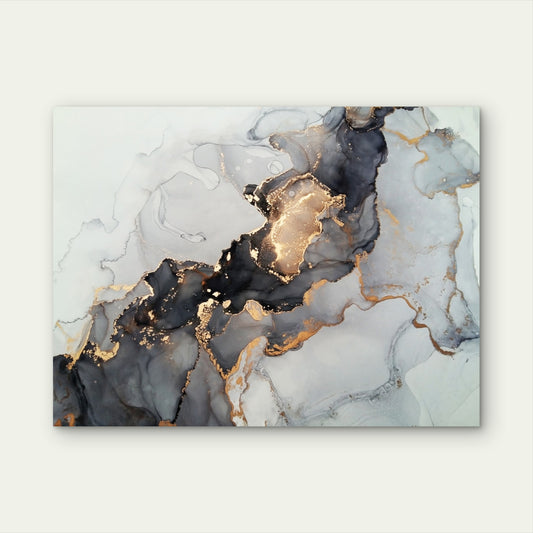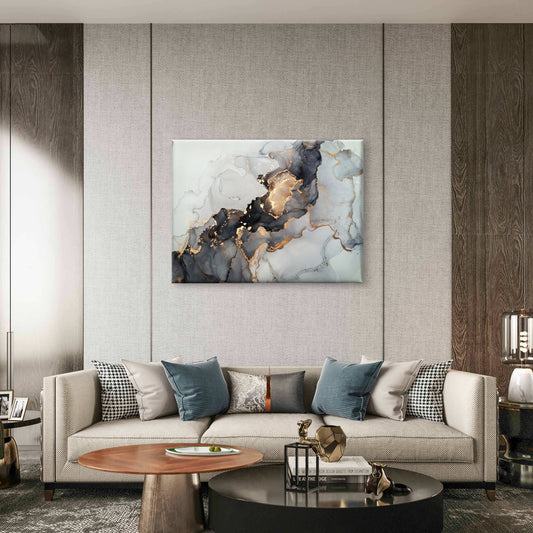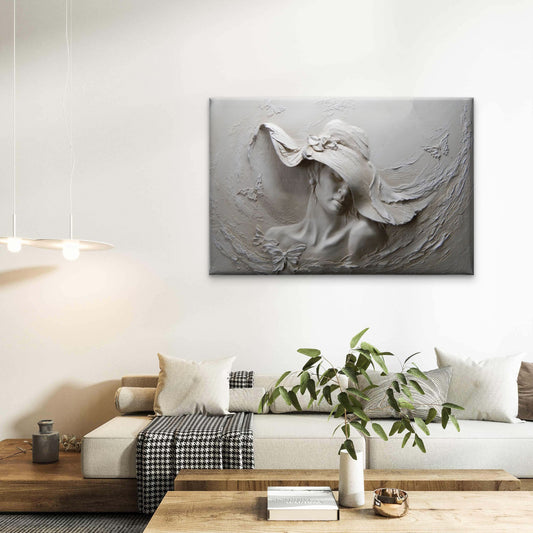Abstract art has captivated audiences for over a century, offering a departure from traditional representation and inviting viewers to engage with art on a deeper level. Here’s a closer look at what makes abstract art unique and timeless.
1. The Essence of Abstraction
- Defining Abstraction: Unlike representational art, abstract art does not aim to depict objects or scenes from the real world. Instead, it focuses on shapes, colors, forms, and lines to convey emotions or concepts.
- Interpretation and Emotion: Abstract art invites personal interpretation, allowing viewers to derive their own meanings based on their experiences and emotions.
2. Historical Context
- The Evolution: Originating in the early 20th century, abstract art emerged as a response to societal changes and the advent of modernism. Artists like Wassily Kandinsky, Piet Mondrian, and Jackson Pollock played pivotal roles in its development.
- Movements and Styles: Various movements, such as Abstract Expressionism and Color Field Painting, have influenced the evolution of abstract art, each contributing unique techniques and philosophies.
3. Timelessness and Versatility
- Enduring Appeal: Abstract art transcends cultural and temporal boundaries, making it relatable across different eras and demographics. Its non-representational nature allows it to adapt to various styles and settings.
- Versatile Decor: Whether in a minimalist space or a maximalist environment, abstract art can enhance the aesthetic, complementing or contrasting with other design elements.
4. Engagement with the Viewer
- Active Participation: Abstract art encourages viewers to engage actively. The lack of a definitive subject prompts questions and exploration, making the experience more personal and interactive.
- Creating Conversations: Pieces of abstract art can serve as focal points in a room, sparking discussions and reflections about perception and meaning.
5. Techniques and Mediums
- Diverse Approaches: Artists use a variety of techniques, from bold brush strokes to intricate patterns and digital media. This diversity adds richness to the genre and allows for innovation.
- Mixed Media: Many contemporary abstract artists incorporate mixed media, combining paint, collage, and even found objects, further expanding the possibilities of expression.
6. The Role of Color and Form
- Emotional Impact: Color choices can evoke specific feelings and moods. For example, warm colors may convey energy, while cool tones can evoke calmness.
- Dynamic Composition: The arrangement of forms and shapes can create a sense of movement or balance, leading the viewer’s eye across the canvas and enhancing the overall experience.
7. Creating Your Own Abstract Art
- Personal Expression: Many people find joy in creating abstract art as a form of self-expression. Engaging in the creative process can be therapeutic and fulfilling.
- Exploring Techniques: Beginners can experiment with various mediums—acrylics, watercolors, or digital platforms—encouraging exploration without the constraints of traditional representation.
Conclusion
Abstract art's uniqueness lies in its ability to challenge perceptions and evoke emotions without relying on recognizable forms. Its timeless appeal continues to resonate with both artists and audiences, making it a staple in contemporary decor and a rich subject for exploration. Whether you’re an art enthusiast or a casual observer, embracing abstract art can lead to new perspectives and deeper connections with creativity.


